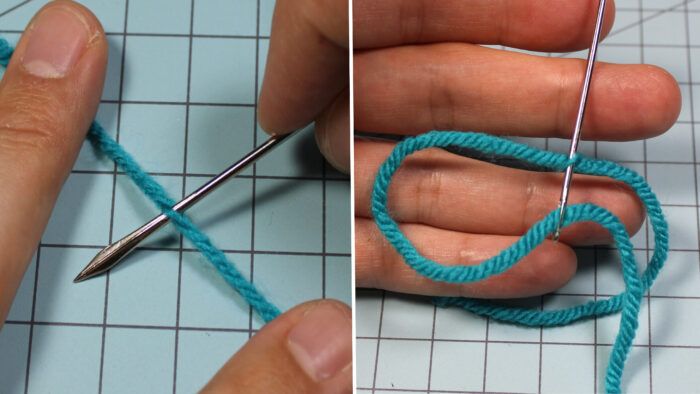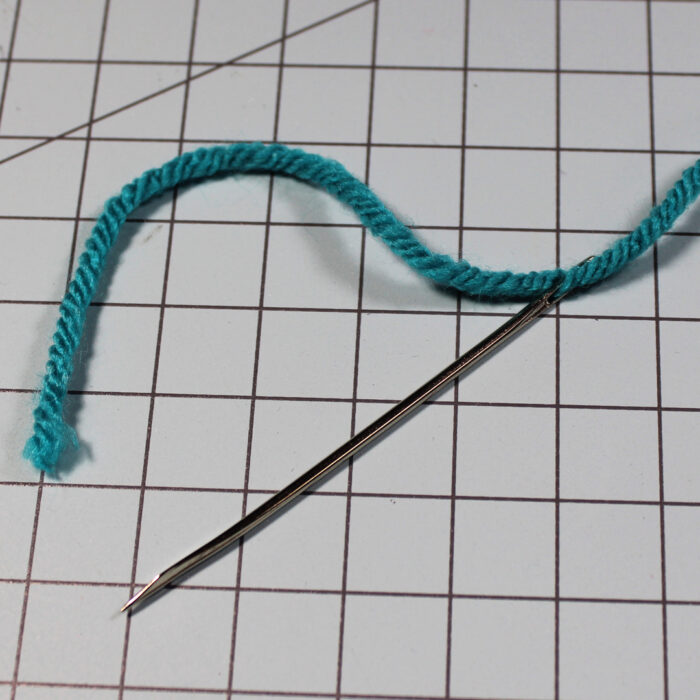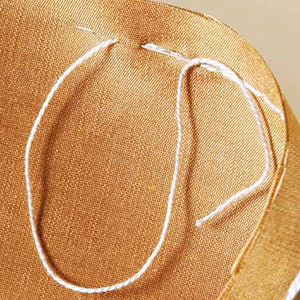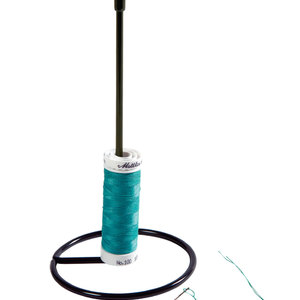Splitting: The Difference — Keep Your Hand-Sewing Needle Threaded

One of the more frustrating aspects of hand sewing is having to rethread the needle when you pull too much and the thread slides out of the needle’s eye. Years ago, I learned of a simple technique, originally used in ribbon embroidery, to help keep the needle threaded.
A special knot keeps the needle threaded
By creating a hitch knot at the eye of the needle, you’ll keep the thread on the needle long enough to complete your stitches for the length of the cut thread.
This is a semipermanent knot, as it will eventually wear through. I’ve found that by the time the knot gives out, it’s time to change thread anyway. Remember, you’re working with a shorter length of thread when you hand sew, so this technique works perfectly.
Choosing thread and needles
I use this technique on every thread I work with, including Silamide and Nymo for beading. I do find that higher-quality threads tend to keep the knot longer but, of course, this is going to depend on how you sew, how hard you pull the stitch, the fabric you’re sewing and the quality of the needle you are using. For the record, I only work with Bohin and John James needles because they have a proven track record of performance.
How to keep the needle threaded
For the sake of the demonstration, I am using a large tapestry needle and yarn. I tried using a sharp and sewing thread, but even the zoomed-in pictures didn’t clearly show the process. Please understand that even though I am using larger examples, this technique works on any thread.

1. To begin, thread your needle as normal.
I prefer to condition my thread with beeswax instead of chemical conditioners, but as long as…
Start your 14-day FREE trial to access this story.
Start your FREE trial today and get instant access to this article plus access to all Threads Insider content.
Start Your Free TrialAlready an Insider? Log in

































Appreciate the info, but this particular technique would've made way more sense if presented in video format.
Thanks for this idea. I've done it with silk ribbon embroidery, but never thought to try it with thread.